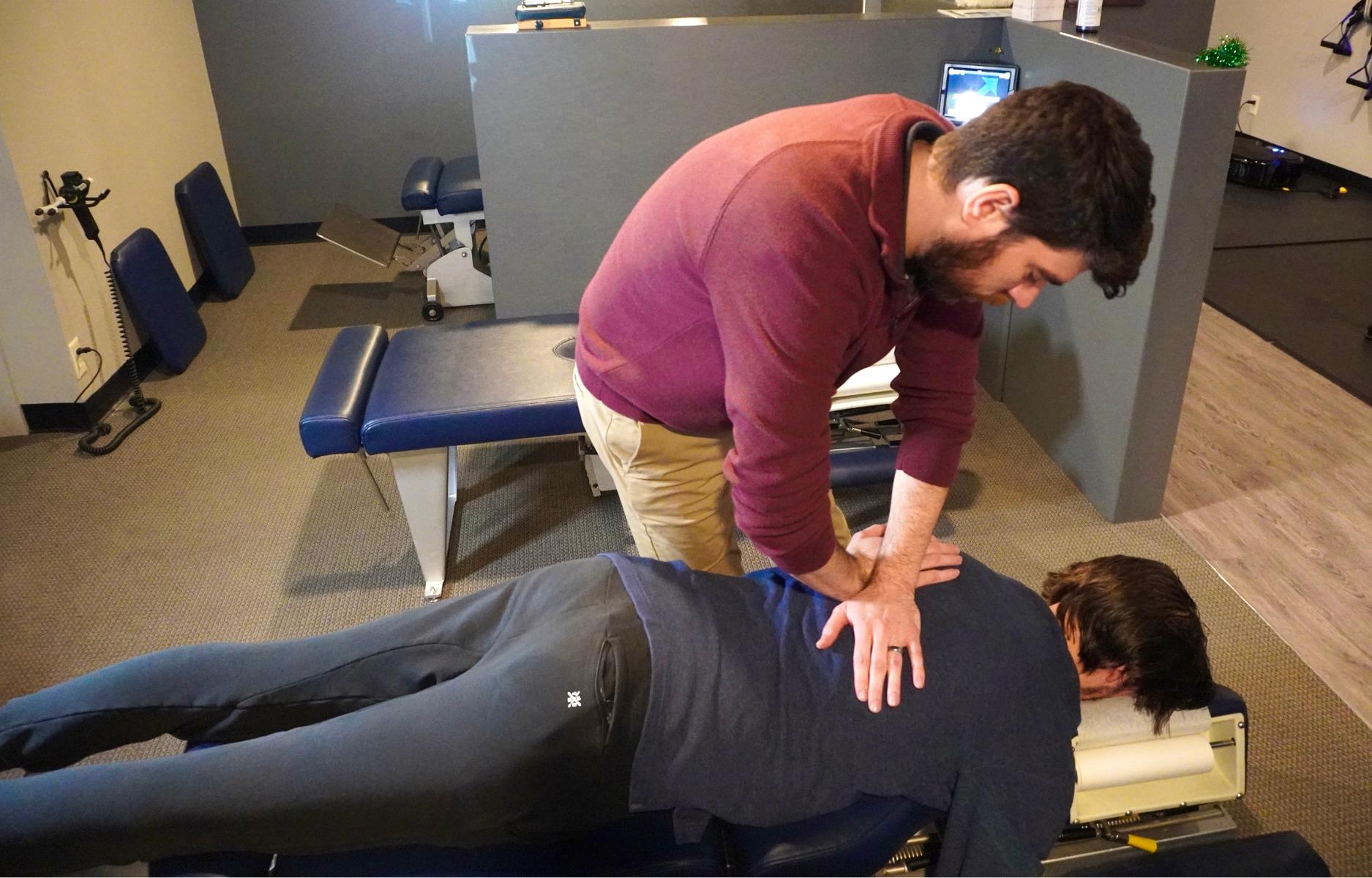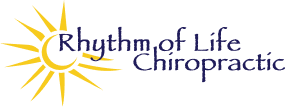Understanding Scoliosis: Causes, Symptoms, and Chiropractic Care
Scoliosis is a musculoskeletal condition that primarily affects children and adolescents but can also be present in adults. In people with scoliosis, there is an abnormal lateral curvature of the spine, causing the spinal column to bend to the left or the right. Viewed from behind, the spine of someone with scoliosis may resemble the letter S or C.

Understanding Scoliosis and how chiropractic care can help
What Causes Scoliosis?
Scoliosis can have various causes:
Congenital Scoliosis
Congenital scoliosis results from a malformation in the spine that develops before a child is born, when one part of the spinal column grows at a different rate than the other parts.
Neuromuscular Scoliosis
Neuromuscular scoliosis is a spinal curvature that develops because of another neurological problem, such as cerebral palsy, muscular dystrophy, spina bifida, spinal muscular atrophy, or an injury to the spinal cord.
Idiopathic Scoliosis
Idiopathic scoliosis, the most common type, accounts for 80 percent of scoliosis cases and is the diagnosis made when the other types are excluded. It is most often diagnosed during adolescence.
Signs and Symptoms of Severe Scoliosis
While most people with mild scoliosis experience no symptoms, severe scoliosis can cause various issues:
- Neck or back pain or achiness
- Uneven shoulders or seeing one shoulder blade protruding more than the other
- Uneven hips
- A rib hump, where one side of the rib cage protrudes backward, especially when bending forward as if to touch the toes
- Problems breathing if a curvature is very severe
- Headache
- Tingling, numbness, or weakness from a problem with a spinal nerve
- Uneven gait
Other Types of Spine Curvature Abnormalities
Scoliosis is not the only spinal condition. There are other abnormalities such as kyphosis and lordosis.
Kyphosis or “Hunched Back”
Kyphosis causes excessive forward curvature of the bones in the upper back (thoracic spine). People with kyphosis have an abnormally rounded appearance. Kyphosis in older adults is often caused by osteoporosis and can lead to compression fractures in the vertebrae. Mild kyphosis symptoms may include back pain or stiffness. In severe kyphosis, space in the chest may be reduced, impairing lung and heart function and possibly affecting swallowing.
Lordosis or “Swayback”
Lordosis causes the spine to curve too far inward. There may still be space under an individual’s lower back when lying flat on the floor. Like kyphosis, lordosis symptoms may include back pain or stiffness. There is an increased risk of lordosis in people with achondroplasia (dwarfism), discitis, obesity, osteoporosis, spondylolisthesis, and kyphosis.
Scoliosis in Young People
Scoliosis is a common chronic condition that affects many young people, particularly girls between the ages of 10 and 15. If left untreated, scoliosis can cause a range of physical and emotional challenges, including back pain, difficulty standing or sitting for long periods, and self-esteem issues.
While traditional medical approaches, such as bracing and surgery, can effectively treat scoliosis, chiropractic care is increasingly recognized as the best and most effective treatment option. At Rhythm of Life Chiropractic, we address all the possible underlying causes of scoliosis, including:
- Neuromuscular conditions
- Injuries to the spine
- Congenital disabilities leading to poor bone development
- Spinal cord abnormality
Don’t let scoliosis pain hold you back any longer. At Rhythm of Life Chiropractic, we have the expertise and experience to help you find relief and improve the quality of your life via advanced chiropractic practices.
Our chiropractor in Franklin, Wisconsin, Dr. Herbert, will work with you to develop a personalized treatment plan tailored to your specific needs. Contact us today to schedule your consultation and take the first step towards living a pain-free life.
FAQs
Q: Can scoliosis be completely cured through chiropractic care?
A: Chiropractic care can significantly improve the condition of scoliosis by aligning the spine and reducing pain. While it may not completely cure severe cases, it can effectively manage and halt its progression.
Q: Is scoliosis only prevalent in children and adolescents?
A: No, scoliosis can affect individuals of all ages, including adults. While it is more common in children and adolescents, it can develop or worsen in adulthood.
Q: Are chiropractic adjustments painful?
A: Chiropractic adjustments are generally not painful. Patients may feel some mild discomfort during the procedure, but it is usually not painful. Chiropractors are trained to ensure the comfort and safety of their patients during adjustments.
